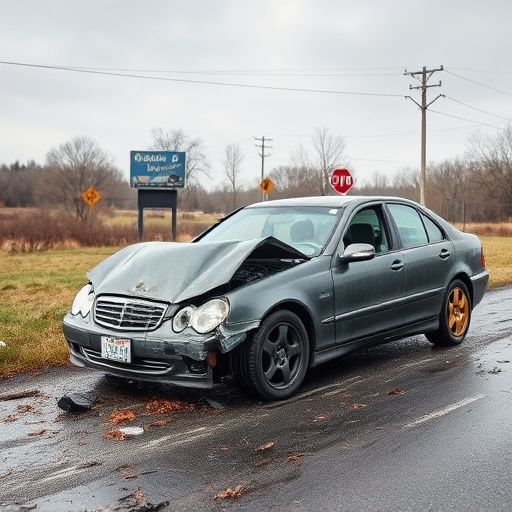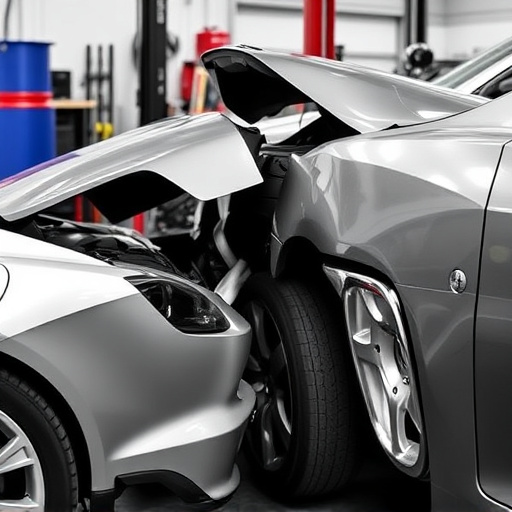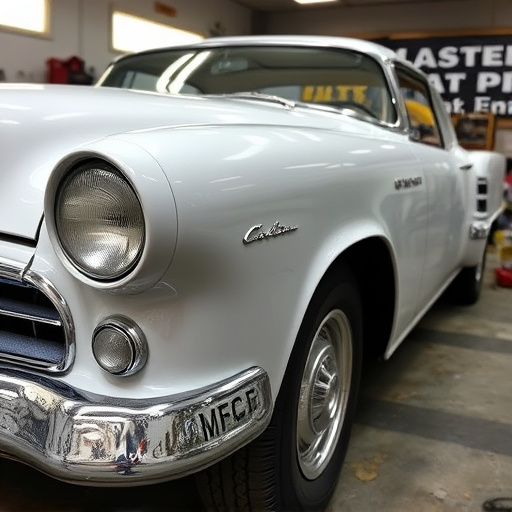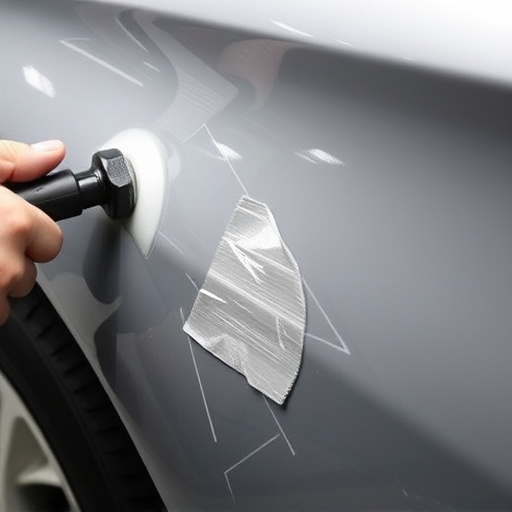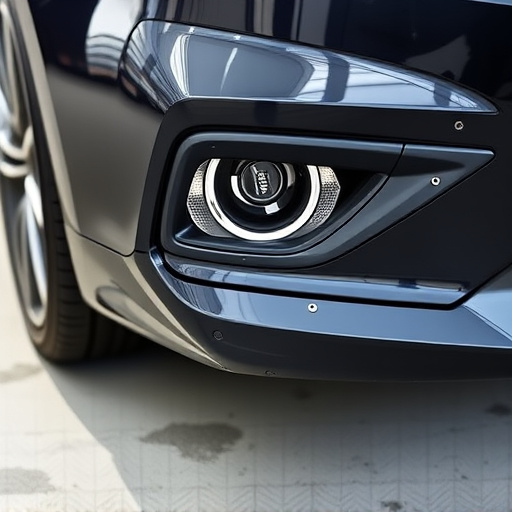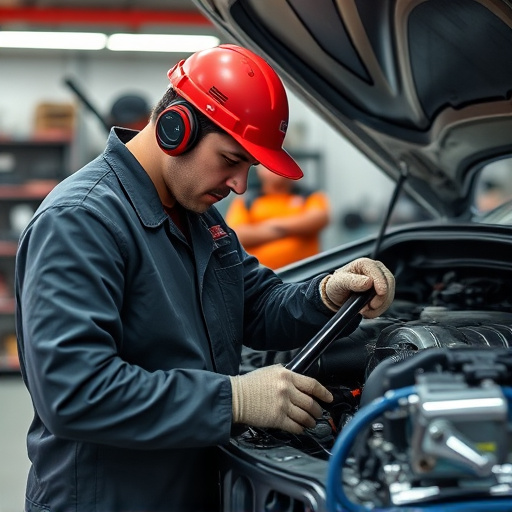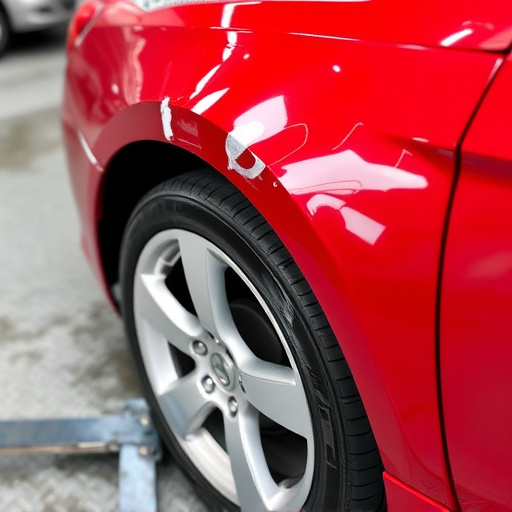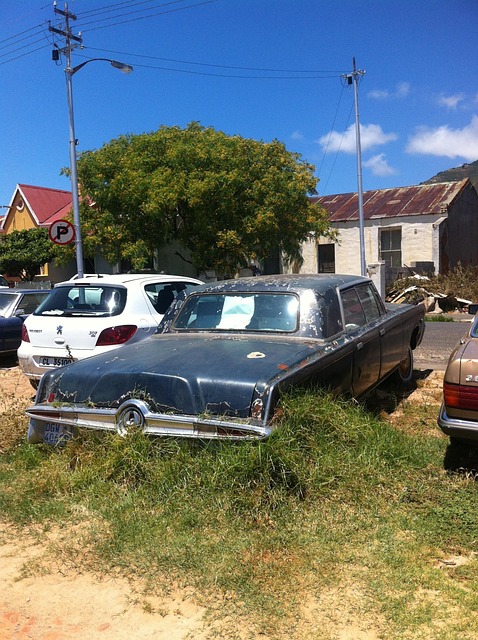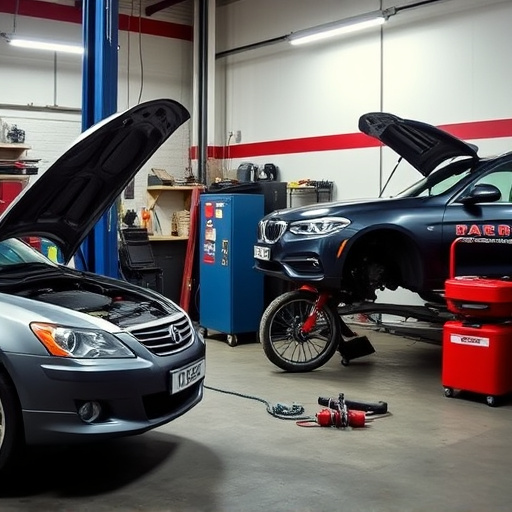Dashboard damage from accidents is common, affecting materials like plastic and vinyl. Visual demonstrations of repair processes educate customers, showing scope and cost savings over replacement. Skilled technicians restore dashboards to pre-accident condition, preserving vehicle value. Clear communication, using plain language and visual aids, builds trust and enhances customer satisfaction in dashboard repair collision services.
In today’s digital age, a vehicle’s dashboard is often a customer’s first point of contact with a dealership or repair shop. Understanding common dashboard damage and its causes is key to effective service. This article delves into strategies for educating customers about dashboard repair collision needs, including demonstrating the repair process and highlighting benefits. By implementing robust communication and support tactics, businesses can foster trust and enhance customer satisfaction in this specialized service domain.
- Understanding Common Dashboard Damage and Causes
- Demonstrating Repair Process and Benefits
- Effective Communication and Customer Support Strategies
Understanding Common Dashboard Damage and Causes

Dashboard damage is a common occurrence in vehicle accidents, including minor fender benders and more severe collisions. Understanding the typical causes of dashboard damage can help both customers and automotive repair professionals anticipate and address these issues effectively. Many modern vehicles have dashboards made from various materials, such as plastic, vinyl, and wood trim, each with its own set of vulnerabilities.
Common causes include sudden stops or impacts that lead to cracking or breaking of dashboard components, especially in older vehicles. In more severe collisions, the force can cause significant deformation, leading to loose or missing parts. Additionally, exposure to UV rays, heat, and moisture over time can degrade materials, resulting in cracks, discolouration, and peeling. Knowing these causes allows customers to be proactive about potential dashboard repair collision needs and facilitates better-informed discussions during automotive repair services.
Demonstrating Repair Process and Benefits
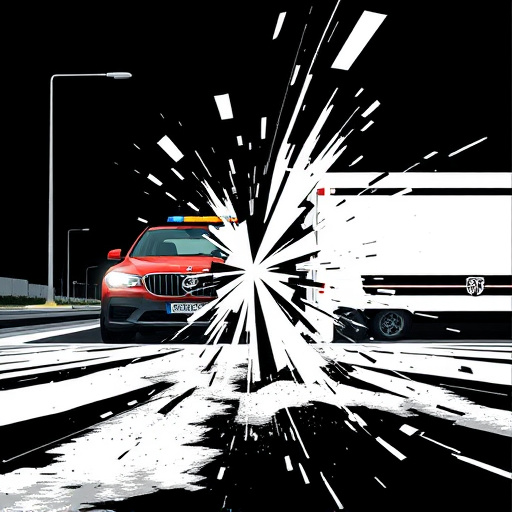
When educating customers about dashboard repair following a collision, one effective strategy is to demonstrate the entire repair process. This means showing them step-by-step how the damaged dashboard is removed, assessed, and then expertly restored. By providing this visual, customers gain a clear understanding of both the scope of work involved and the benefits of choosing professional dashboard repair over replacement.
Highlighting the advantages of dashboard repair, such as cost savings, environmental friendliness by reducing waste, and preserving the original car value, can be powerful motivators for customers considering their options after a collision. Emphasize that skilled technicians can often restore dashboards to their pre-accident condition, achieving a seamless finish that matches the vehicle’s make and model precisely. This level of craftsmanship is particularly important when aiming to maintain the overall car restoration quality expected by discerning owners.
Effective Communication and Customer Support Strategies
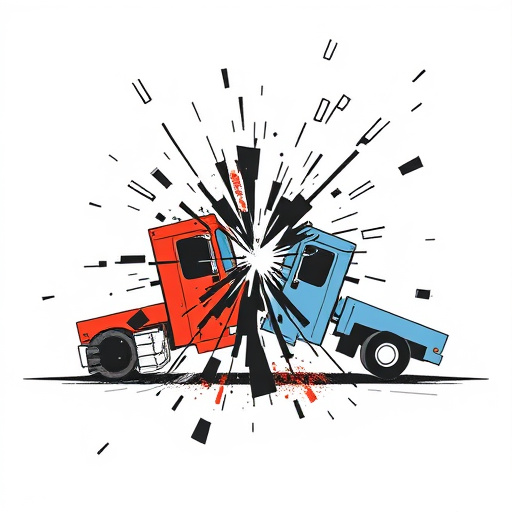
In the realm of dashboard repair collision services, effective communication is key to fostering trust and satisfaction among customers. A car repair shop should employ clear and concise language when discussing auto painting and automotive collision repair processes with clients. This involves explaining each step in a way that’s easily understandable, avoiding technical jargon as much as possible. Providing visual aids, such as diagrams or photos of the dashboard before and after repairs, can significantly enhance comprehension.
Additionally, implementing robust customer support strategies is vital. This includes offering prompt responses to inquiries, providing regular updates on the status of dashboard repair collision work, and ensuring a friendly, approachable demeanor from all staff members. A professional and empathetic approach can significantly impact customer satisfaction, encouraging them to choose your auto painting or automotive collision repair services in the future.
Educating customers about dashboard repair collision needs is key to fostering trust and satisfaction. By understanding common damage causes, demonstrating the repair process and its benefits, and implementing effective communication strategies, businesses can empower clients to make informed decisions. These practices not only enhance customer experience but also contribute to a safer and more aesthetically pleasing vehicle environment.
